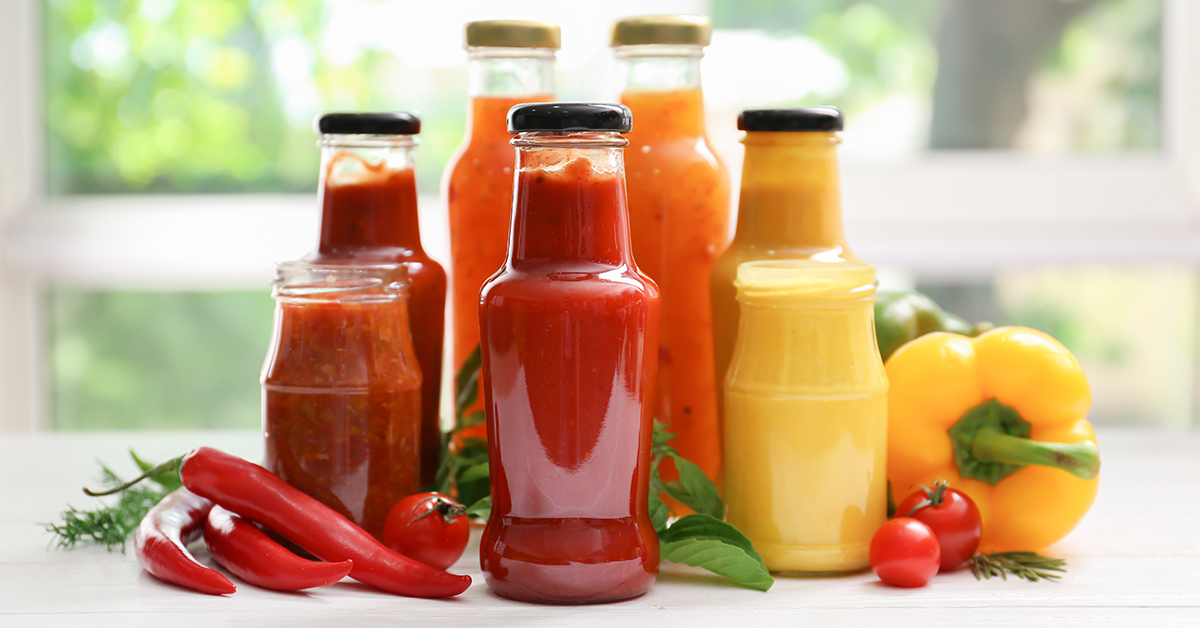
Induction heating – applications and benefits for efficiency, sustainability and more
3 September 2024 | Robbie McGill, Process Technologist and David Whittaker, Process Innovation Lead
Induction heating is a promising technology that can improve efficiency and reduce emissions and waste. Here in this blog we cover how it works, its applications and benefits, and how we can help you to implement it for your products and processes.
For a limited, 3-month period, we have secured a pilot-scale induction heating system from IFS. Coming soon, we will be offering production trials to explore this cutting edge, scalable processing technology, which could change the way fluids are heat processed in your operation.
Read on for more information, and get in touch with us to discuss further.
What is induction heating?
When looking to process liquid products, such as sauces or beverages in a continuous operation, many people may first think of tube-in-tube or plate heat exchangers, heated using gas-powered steam boilers. This traditional method of thermal treatment typically gives an energy efficiency of around 20 to 40%.
But, what if there was a more sustainable, energy-efficient way of heating homogeneous liquid products, transmitting up to 95% energy directly to the product?
Similar to how induction hobs operate in your kitchen, induction heating uses an electrically powered induction coil to heat a metal element situated in the centre of a pipe. With a ‘middle out’ heating technique, induction heating can provide the same thermal treatment as traditional heat exchangers but using a lower temperature history, with other additional benefits, providing a better product quality.
What can I use induction heating for?
Induction heating can be applied to multiple areas of the food and drink industry, including:
- UHT, hot fill or HTST pasteurisation (high-temperature-short-time / flash pasteurisation) of beverages, sauces, stocks, bases and oils;
- Pre-heating of CIP (clean in place) chemicals;
- Trim heating;
- Kettle boosting.
What are the benefits of induction heating?
Compared to traditional thermal heating, there are many benefits that induction heating could provide to your products.
Just some of the key benefits include:
- Sustainability – As the system is powered electrically, the carbon emissions associated with induction heating technology can be greatly reduced (depending on the energy source).
- Efficiency – With up to 90-95% of the energy directly transmitted to the liquid being heated by induction heating, this technology can improve efficiency. The improved heating efficiency can reduce start up times and shorten the length of the heating zone, which can reduce waste during operations on start up or recovery from stoppages.
- Reduced fouling and waste – Unlike steam, which can have a massive temperature gradient (~30°C) between the product and the heating surface, induction heating can provide a much tighter temperature difference (of +2 °C), reducing burn-on and product waste.
- Space saving – The heating zone size can be a fraction of that compared to traditional tube-in-tube heat exchangers, thanks to a much larger heat transfer coefficient and surface area.
- Responsiveness – With the ability to respond to fluctuations in product temperature in under 1.5 seconds (rather than the minutes of gas powered heat exchangers), induction heating could lower manufacturers’ target temperatures, thereby reducing energy use and maximising product quality retention.
Make the most of our limited time use of an induction heating system
We can support the food and drink industry in exploring the use and assessing the potential benefits of induction heating for your applications.
Coming soon, we will be offering industry the chance to run production trials with a new innovative induction heating system.
This is a one-off opportunity (for a limited, 3-month period) to explore this cutting edge, yet scalable processing technology, which could be game-changing in the way fluids are heat processed.
Using our 3000m2 of pilot plant facilities, we can carry out feasibility studies on your products and assess them using our extensive analytical services, organoleptic analysis services or benchmark against traditional systems such as HTST pasteurisation.
We also possess a Class II microbiology pilot plant that we can use to inoculate products with pathogenic or spoilage organisms to determine the microbiological safety of the process.
Don’t miss out – get in touch to find out more about this technology for your process.

About David Whittaker
David is a thermal and non-thermal processing specialist and has expertise across many food and beverage sectors.
David also delivers many thermal processing training courses and has a real passion for communication in this area, having spoken at several conferences and seminars on the topic, as well as contributing to Campden BRI guidelines.
Book trials on the pilot-scale induction heating system
For more information about induction heating, contact our support team to discuss and arrange trials.
Are you a Campden BRI member who attends the MIG meetings?
- If not, you’re missing out on a whole host of exclusive benefits such as learning from industry-leading experts and networking with peers to overcome your challenges.








